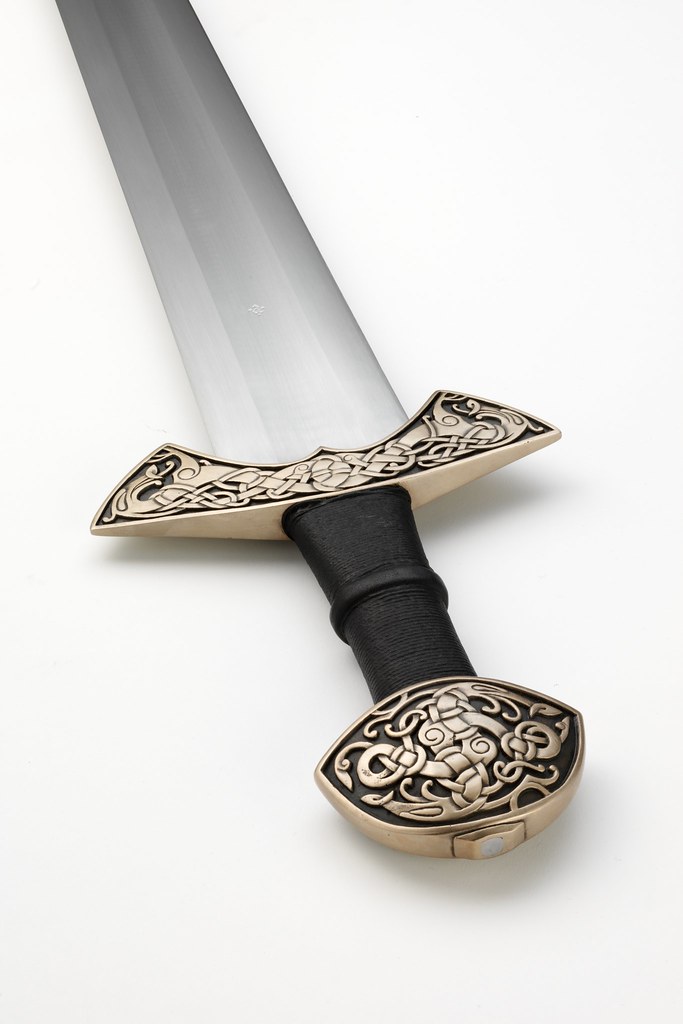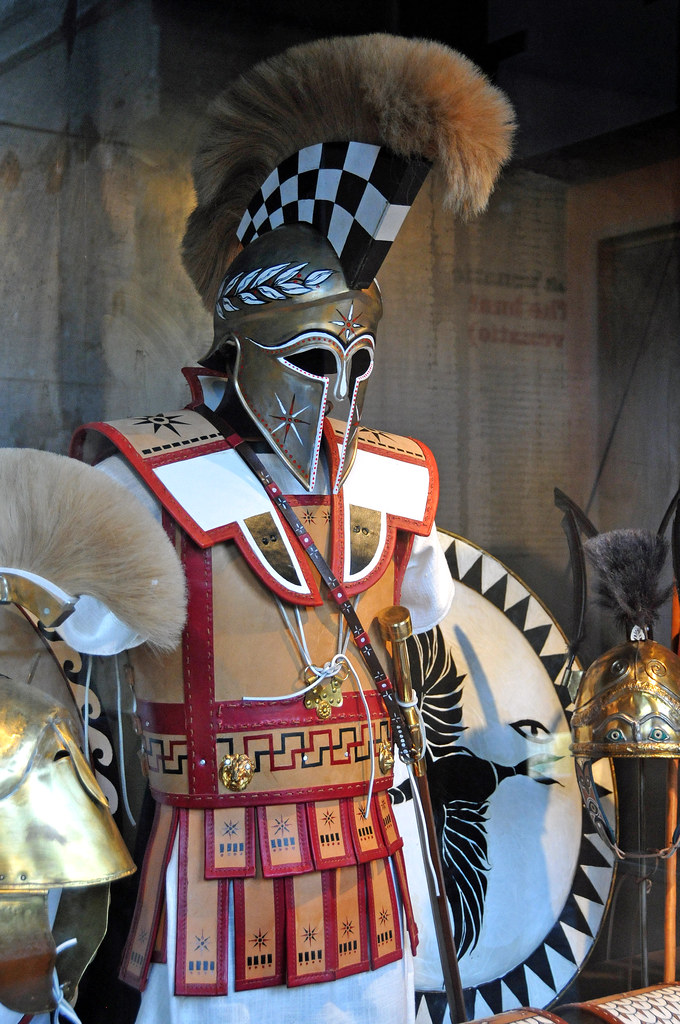Throughout much of ancient Egypt’s history, the pillar of its legal system revolved around the concept of ma’at meaning harmony. Ma’at was also personified into a goddess who ruled over balance, truth, and justice in the universe. She was the daughter of the Sun God, Re, and the Goddess Thoth. All of Egypt’s pharaohs starting from the Old Kingdom (2686 – 2181 B.C.) onwards were Ma’at’s representatives on Earth. If the people were unable to follow in the footsteps of Ma’at severe punishments would often follow. Unlike in modern Western society where one is innocent before being proven guilty by way of physical or circumstantial evidence, it was the other way around for the ancient Egyptians. Within the Egyptian legal mindset, one was seen as guilty before he could be proven innocent because otherwise, there wouldn’t be an accusation held against him.
Hierarchy of the Legal System
In the Egyptian legal system, the Pharaoh was at the top of the legal chain. He passed down the law from the gods with the expectation that his people will abide by it. Next in line was the Pharaoh’s vizier who controlled what went on in the Supreme Court. He heard cases, judged them, and handed down appropriate punishments.
In the early days of the Old Kingdom, there might have been as many as two viziers maintaining the Empire’s whole legal system. One ruled Northern Egypt, while the other served the southern half. Each vizier would have a number of magistrates to serve in the national courts. These magistrates were temple priests hired by the viziers to perform the same legal duties as the vizier but at the national level. Cases that went immediately to the national courts were in areas, like domestic abuse, divorce, and lawsuits. Minor cases, like disputes between neighbours, however, didn’t even go up to that level to be heard. Instead, they were dealt with and judged locally by a group called the ‘Council of Elders’. These Elders came from within the small villages in which the dispute occurred.
During the Middle Kingdom (2030 -1650 B.C.) the legal system matured into a distinct body with people explicitly appointed to serve as judges for court cases, and nothing else. The Middle Kingdom also saw the development of the police force who enforced the law, tracked down criminals, and testified in court.
Police
The Egyptian police in the Middle Kingdom comprised mostly of the Medjay people of ancient Nubia. Historically, the Nubians and Egyptians had a long-standing connection with each other, both in war and in peace. The Medjay tribe of northern Nubia, in particular, proved to be very effective as warriors and gained much respect from the Egyptians. They initially assisted the Egyptians during warfare but when Egypt started assembling a professional police force capable of enforcing the law and catching criminals, the Nubians became the perfect candidates for the job.
The Egyptian police force had a very similar hierarchy as modern-day police forces across the world do with a Chief of Police at the top, his captains and deputies spread across all jurisdictions in the nation. Officers carried with them staff as weapons while a small minority had dogs and monkeys as animal partners in the fight against crime. At the height of its power, the Egyptian police were highly reliable, trustworthy individuals who were keen on giving credible information regarding a criminal case during trial.
Trial
During trial in ancient Egypt, the police and witnesses gave eyewitness testimony for or against the defendant. A false witness, one who knowingly lied to the courts about the involvement of the person accused of a crime, could expect punishments ranging from the amputation of a body part to execution by drowning. As was mentioned earlier as well, the accused standing trial was presumed guilty before s/ he could be proven otherwise.
Punishment
Between the time of the Old Kingdom until the middle of the New Kingdom, a span of approximately 1,500 years, the Egyptians had a variety of unique yet effective methods of punishing their unruly citizens. For example, rapists would be forced to have their penis cut off. Makes one wonder why this practice isn’t in use today, hmmm?? Murderers were beaten then fed to the Nile crocs or executed by being burned alive while thieves suffered hand and foot amputations.
Adultery was considered a major crime which carried with it harsh penalties when brought to court. Women accused of cheating faced either the amputation of a part of their nose or death by burning while an unfaithful husband would receive a 1,000 lashes without the possibility of facing the death penalty. These punishments – it must be noted – were only admissible if the couple brought their extramarital relationship issues to court. The prosecuting husband/ wife always had the option of letting the problem slip by, and none of these court-issued consequences would, then, occur.
For more information on adultery as a crime, the article Private Lives and Public Censure: Adultery in Ancient Egypt and Biblical Israel provides a deeper understanding on this topic.
[Here‘s an example of an actual trial which took place in the Middle Kingdom period (2030 -1650 B.C.) concerning a serial rapist who abused his workmen.]
Descent Into Chaos
As Egypt entered the end of the New Kingdom and the beginning of the Third Intermediate Period (1186 – 1070 B.C.) the crime rate skyrocketed and corruption in the police started to show. During Rameses III reign (1186-1155 B.C.) peoples’ belief in the ma’at began to falter as Rameses failed to uphold the thousand-year-old doctrine. Consequently, tomb robberies went rampant, there were more false witnesses, and the Egyptian police were more prone to corruption. Where once police officers could be fully relied on to give factual witness testimony in court, starting from the 12th-century B.C. onwards the Egyptian police could easily give false testimony to convict an innocent man and take all of his possessions once he was sentenced.
Following Rameses III’s death in 1155 B.C. the pharaohs that succeeded him became too busy maintaining a luxurious lifestyle rather than overseeing whether or not the people were following ma’at. The viziers were preoccupied with enriching themselves with various golds and gifts rather than overseeing justice. Convicted tomb robbers could bail themselves out during this period by bribing prison officials with their looted goods. Corruption, at this point in Egypt, was inevitable. Post – Rameses corrupt police officers were still punished harshly in the same way as ordinary citizens who gave false testimony in court, however, their executions were conducted only at night to hide the fact that Egyptian law enforcement was no longer trustworthy as it once was.
During the Third Intermediate Period (1070 -525 B.C.) some Egyptian authorities tried to revert their justice system back to the Old Kingdom ways with the gods deciding on the verdict and a priest transmitting the message to the accused. Unfortunately, this system could easily be abused by the priests hearing the case since they could rely on their own opinions and not on accurate/ reliable eyewitness testimony. Egypt’s justice system, from then on, gradually degraded and was completely depleted by the time ancient Rome took over its territory in 30 B.C.


